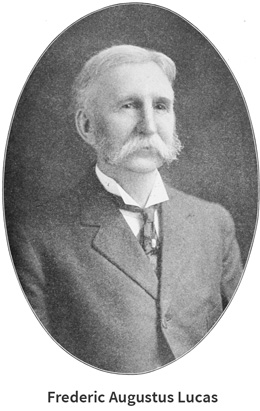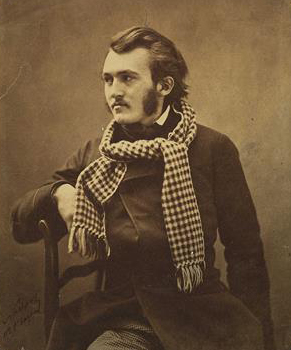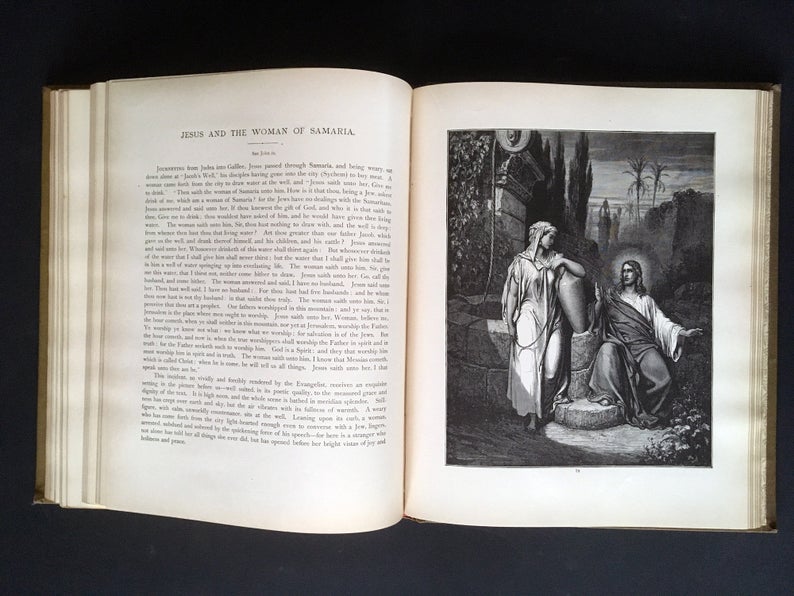I love history. And I love how museums enable us to make deeper connections with our past. And so, as a long time digital strategist who has been learning to apply strategy to museums, it’s not surprising that I’d pick up a book like, “Museum Origins: Readings in Early Museum History and Philosophy,” by Hugh H. Genoways (all quotes in this article are from his book). This is such a fascinating book because it tells the history of the Museums that enable us to connect to our history. Maybe there should be a Museum of Museum History!
Museum Origins reinforces the truism that the more things change, the more they stay the same. The very earliest challenges museums faced in maintaining collections, and opening them to the public, are the same challenges we face today. Problems in funding, barriers to engaging, struggles in education–these were challenges collections faced from the beginning.
And if another truism is to be regarded, that “Those who fail to learn from history are doomed to repeat it,” we should pay careful attention to the lessons learned over the past two hundred years of modern museum history.
I’d like to explore one of these challenges discussed in Museum Origins. One that Charles Willson Peale, founder of one of the earliest American museums, noted when he wrote to his early supporters in 1794 that,
 “…if [the collection] has produced to me some income, yet this is but partial, and has become disproportioned to the encrease [sic] of labour and the calls for rooms requisite for the further extension of the design. These difficulties, together with the desire to have your countenance and assistance as Visitors and Directors, with the hope that it may induce a more public and general notice of it, are the motive for requesting your friendly services.”
“…if [the collection] has produced to me some income, yet this is but partial, and has become disproportioned to the encrease [sic] of labour and the calls for rooms requisite for the further extension of the design. These difficulties, together with the desire to have your countenance and assistance as Visitors and Directors, with the hope that it may induce a more public and general notice of it, are the motive for requesting your friendly services.”
Yesterday’s Challenge and Today’s: Funding
One of the perennial challenges of any museum is to obtain sufficient resources to support their collection in the face of the ever growing costs of facility and labor needed preserve and maintain it. This was the reality for the emerging Philadelphia Museum in 1794, and it was true seventy years later when Edwin Lawrence Godkin made his appeal for the formation of an American Museum (to rival the British Museum) in 1865. His appeal acknowledges from the start that the formation and preservation of a museum is a permanent not-for-profit endeavor.
“But of one thing let us be certain. No individual or stock company which may undertake to form and manage a museum as a way of making money will be of any great or permanent service to the community.”
No one goes into the Museum business to make money. Personally, as a digital strategist, this was one of the biggest differences from my past experiences I had to grasp in working with museums. Setting strategy and tactics, when the ultimate goal is to make a profit, is not exactly easy, but it is straightforward. But when the proper goals of a website inevitably end up adding to the overhead of an institution, rather than contributing to its profits, you have to think differently about goals and tactics. (Though as my last two articles here and here describe, a museum website ought to at least begin to contribute to, and offset some of those costs.)
The lesson from history is that museums will always need the “friendly services” of major donations from parent institutions, government, corporate sponsors, and wealthy patrons.
So how can a museum’s website play a part in promoting foundational support for the museum from major donors? To answer that we first need to make a strong connection between the money needed to support a museum and the core mission of a museum.
The Mission of Museums
One of the most highlighted chapters in my copy of Museum Origins is chapter nine, “Purposes and Aims of Modern Museums.” This chapter reprints the proceedings of the Staten Island Association of the Arts and Sciences in 1907. Fredric Lucas (then director of the Brooklyn Museum) surveyed mission statements from many of the leading museologists up to that time when he synthesized his statement that the purpose of museums is “to collect, preserve, research, exhibit, and educate.” His synthesis is echoed in almost every museum mission statement to this day. Museum mission statements have some permanence to them.
 One of the things that I love about history is its permanence. It’s true that our understanding of history can change, but history itself does not–what has happened, has happened–we can’t change that. We can change our futures, but once our present passes by, our history is set. The future can be unsettling because anything can happen–but our past is solid. (And perhaps if we learn from past mistakes, our futures can be improved.) So since museums are so much about our permanent history, it’s fitting that their mission statements remain unchanged, and closely aligned with their past. Unlike fast-moving, for-profit industries that shift mission statements when their brands start to cool, a museum is an institution deeply connected to the past–and called to preserve it for the future. Fredric Lucas noted this connection when he gave his address, “…it is one of the purposes of a museum … to carefully gather and preserve all objects that may aid in giving an idea of the life that was here three centuries ago and to provide for the information of those who will be here three centuries hence.” That’s a mission statement with some shelf life. Looking backward and forward by three centuries is a huge contrast to the typical 3-5 year business plan of the average company! It’s a mission with some ballast. It’s a mission with the weight of history and the obligation of posterity resting upon its shoulders.
One of the things that I love about history is its permanence. It’s true that our understanding of history can change, but history itself does not–what has happened, has happened–we can’t change that. We can change our futures, but once our present passes by, our history is set. The future can be unsettling because anything can happen–but our past is solid. (And perhaps if we learn from past mistakes, our futures can be improved.) So since museums are so much about our permanent history, it’s fitting that their mission statements remain unchanged, and closely aligned with their past. Unlike fast-moving, for-profit industries that shift mission statements when their brands start to cool, a museum is an institution deeply connected to the past–and called to preserve it for the future. Fredric Lucas noted this connection when he gave his address, “…it is one of the purposes of a museum … to carefully gather and preserve all objects that may aid in giving an idea of the life that was here three centuries ago and to provide for the information of those who will be here three centuries hence.” That’s a mission statement with some shelf life. Looking backward and forward by three centuries is a huge contrast to the typical 3-5 year business plan of the average company! It’s a mission with some ballast. It’s a mission with the weight of history and the obligation of posterity resting upon its shoulders.
Museums understand their missions because they have been furthering the same goals for a very long time. And they know that they will need to keep up their work for centuries to come. And therefore they will need the support from their donors year, after year, after year.
This has been, and will continue to be, an annual challenge, especially since much of a museum’s costs are fixed. They must house, protect, preserve, and display their collections whether visits increase or decrease, whether the cost of heating and cooling goes up or down, whether people are more interested in movies than in Monet, or Pokémon Go over Jackson Pollock. Paintings will need to be preserved, and collections cared for, whether public interest waxes or wanes. And so supporters are going to need resolve to continue to support a museum no matter what direction the winds may blow.
Motivating Donation By Mission
The motivation of the museum donor needs to be grounded in the mission, which is grounded in history, for the good not only of this generation but for generations centuries from now. As Edwin Godkin exhorted in his push for an American Museum,
“Let the would-be stockholder invest his money in a proper enterprise; properly guarded, and take dividends for his reward. Of his abundance let him give to the foundation of a real museum for his own enlightenment, the good of his children, and the honor and benefit of the community.”
Museum donors will always need to recognize the honorable duty of supporting the mission of the museum as they maintain these institutions for the benefit of our communities, today and tomorrow.
So how can digital strategy help to call those with means to this honorable duty? By being a vital expression and fulfillment of the museum’s generationally grounded core mission.
Museum Websites that Honor the Core Mission
“The more things change, the more they stay the same,” is a dependable truism. But today, the Internet does provide a new channel that profoundly extends the reach and impact of a museum’s collection. It can’t replace the kind of connections we experience when we encounter their objects in real life, but then again, much more of the collection can be surfaced online than could ever be on display in a physical museum. And as I wrote about last time, the potential for sharing additional context, extending background information, augmenting experience, and enabling deeper and richer discovery is much more easily enabled in the digital sphere.
While it is true that the physical and the virtual expressions of a museum’s collection can stand in tension, and vie for limited resources, they are both very important to honoring the ultimate mission of every museum. In our day the honorable duty to support the digital expression of museum mission will need to be owned with the same commitment as to the physical collection. If we want to see museums expand their reach and impact, they will need willing and eager donors to support and sustain not only the physical collection, but also the digital–for all ages, and for a growing worldwide community.










